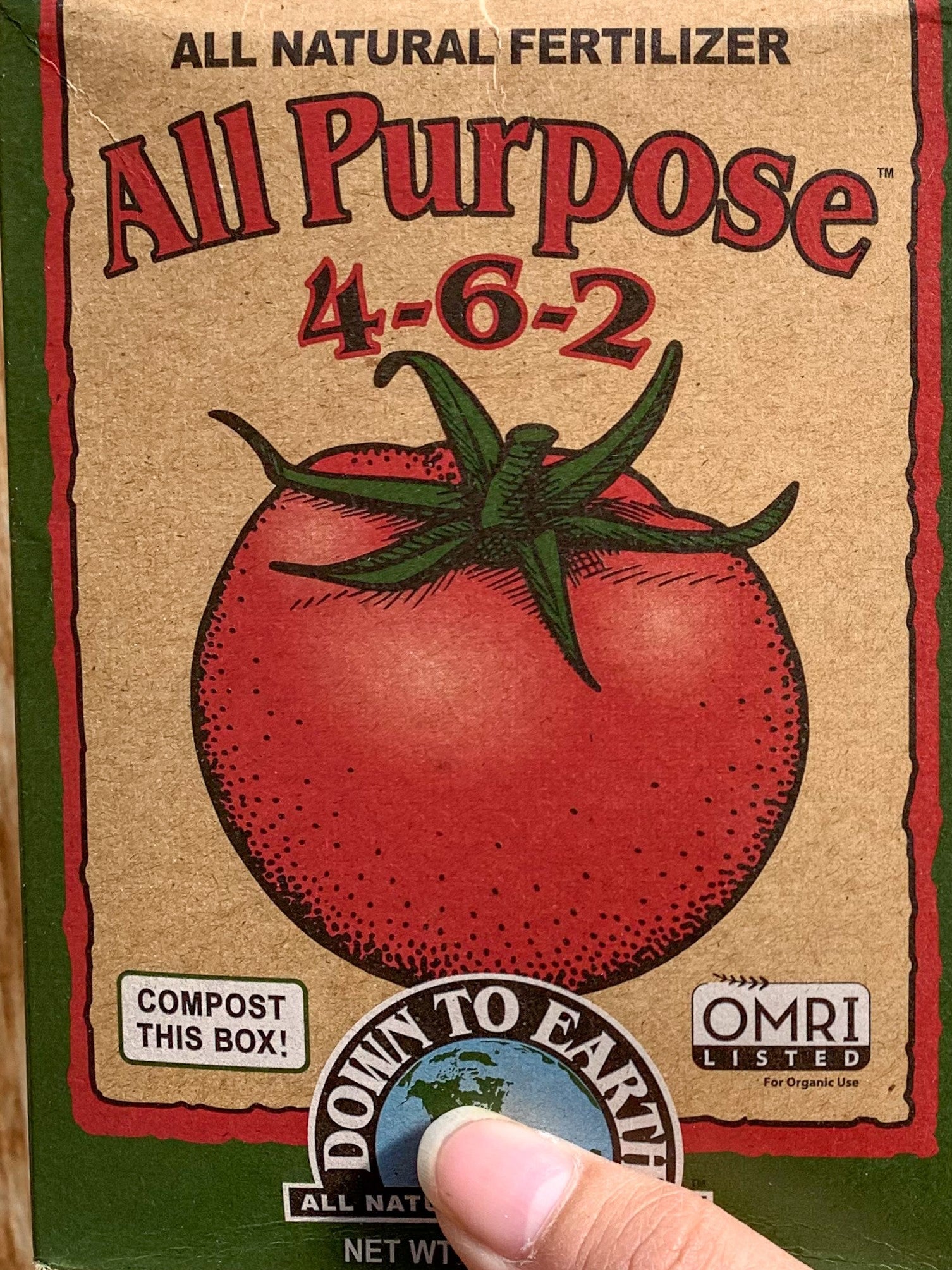
Many people believe that all houseplants need for nutrients can be found right in the soil in their pots: and for the most part, that's true! But even the largest pots can only contain so much soil, and eventually those nutrients run out. What do you do when your houseplants don't need a full repot, but just a little boost to give them a little oomph?
That's where fertilizers come in! Fertilizers are chockful of necessary nutrients for all different types of plants. But there are so many on the market that it can be intimidating to parse through all the choices to find the best one! Don't worry: we got you.
First things first:
Go organic. It can be tempting to choose non-organic chemical fertilizers with higher ratios. After all, stronger fertilizer will give you more growth, right? WRONG. Leave non-organic fertilizers to the expert gardeners; they may cause irreparable damage to your houseplants if used incorrectly. Here at Succulence we sell only organic fertilizers, which break down more slowly and can be used more regularly without fear of burn.

What am I looking at?
On the box of all fertilizers, you will find a ratio with three numbers. On this box of All Purpose Fertilizer, that is 4-6-2.
Those numbers represent percentages of Nitrogen, Phosphorus, and Potassium, respectively (represented by the letters N-P-K, which we'll use throughout the rest of this blog post).
Nitrogen (N) helps healthy foliage grow, and brings out healthy green coloring. Leafy tropical plants such as Monstera deliciosa or Dracaena marginata will benefit from a fertilizer with nitrogen!
Phosphorus (P) encourages root development, blooms, and fruit. This is important for air plants in particular. While they don't use their roots for absorbing nutrients, air plants are often grown for their beautiful blooms!
Potassium (K) benefits general health of the plant, increasing cold and drought tolerance, as well as resistance to pests and disease!
So what does this mean for the All Purpose Fertilizer pictured above? This fertilizer's highest ratio is P at 6%, followed by N at 4%. As the tomato on the box suggests, this fertilizer is good for blooms and fruits, followed by healthy foliage development. As a gardener, these would also be my priorities for delicious tomatoes!
How do you use fertilizer?
There are many different types, from liquids that you pump into water, to powders that you spread over the soil. Our favorite is Dr. Earth Pump & Grow Indoor Plant Food for tropical houseplants, and Dr. Earth Pump & Grow Succulence & Cacti Plant Food for succulents. This organic plant food is specially formulated to have a low and balanced N-P-K ratio, so you can use it each time you water without burning your plants! I recommend mixing it into water as it has a strong organic scent.
When do you use fertilizer?
The easy answer is during the active growing season. In most climates in the United States, that means at the beginning of Spring, and before temperatures drop in Fall.
However, in San Francisco where we're based, the difference between seasons is not too clear! I generally recommend not fertilizing in Winter (the only true season we have), as growth during Winter dormancy tends to be weak and spindly. Otherwise, picking up your plants and examining them for signs of active growth after dormancy is the best way to decide when to fertilize. From there, you can fertilize your plant based on the individual care needs of each plant.
